Back in 2010, the electronics company Norhtec, based in Thailand, came up with an innovative design for an inexpensive, power efficient and modular portable “netbook” computer. From what I can remember about the marketing from the time, the Gecko Edubook was designed to be a computer that could be a cost effective solution for providing computer access to schools and learning institutions in lower income economies. One way of achieving this was designing it to run on standard AA batteries.
It was also designed to be a more rugged netbook, compared to others out on the market a the time, which operated efficiently in more extreme climates. The Edubook was built around Norhtec’s “Device on Chip” technology, their 1GHz XCore86 CPU, which only required 1.2 Watts of power. As far as I know, the Edubook was the only fully functional PC that you could run on regular rechargeable AA batteries. This helped it from suffering from “vendor lock-in” problems. If/when the battery pack failed to hold a substantial charge, all you needed to do was replace it with what ever AA batteries you had or could find. I thought this was a very clever idea.
Some of the other specifications for this innovative portable computer are:
- CPU: 1GHz Xcore86 Device on Chip™
- Graphics: Integrated Graphics Chip
- Memory: 512MB / 1GB DDR2
- Display: 8.9″ WSVGA 1024 x 600 resolution TFT LCD screen with LED backlight and alternate VGA output
- HDD: SD Card or IDE Flash Disk
- Audio: Line-out, Mic-in, Internal Mic, Internal stereo speakers
- Ethernet: Built in 10/100 Base-T
- USB 2.0 ports: External - 3 ports, Internal - 1 port (reserved for WIFI, GPRS, CDMA, 3G or 3.5G USB dongles)
- I/O: D-sub 15 pin VGA out, integrated SD card reader, touch pad
Another one of the “out of the ordinary” features of the Edubook is that it requires no cooling fan. It’s been designed in such a way that the heat it generates is drawn and dissipated by the bottom cover plate, which is metal and covers the battery compartment, HDD/USB drive bay, and “Device On Chip” motherboard. Not requiring to run a cooling fan adds to the power saving capabilities of this netbook. Depending on the type of rechargeable batteries you use (NiMH or Lithium), the Edubook will run anywhere between 4 to 6 hours on eight AA batteries. The netbook will also charge the batteries when plugged into the grid.
The Edubook also doesn’t require a power brick to use grid power. All it comes with is a three prong power chord; another cost savings there.
Located under the motherboard, you have access to the internal dual SD card readers and CPU backup battery. Even though you can boot from any of the three external USB ports, having the internal SD card readers makes it very easy and inexpensive for you to expand the internal storage space of the Edubook. If you’d rather use an IDE hard drive, the port is available. But, for ruggedness and power conservation, a solid state SD card is a much better choice.
Even by the standards of 2010, the Edubook had limited capabilities, but it wasn’t designed to be a replacement for your standard desktop or laptop PC. However, if you installed the right operating system (in my case, a special build of Puppy Linux specifically for the Edubook) you could do an awful lot of things with it.
Puppy Linux runs like a top on it. It’s fast and responsive. Back in 2010, I could surf most of the websites on the Net at the time with SeaMonkey. The only place it struggled was with rich-media content, like YouTube. However, Puppy Linux does have a YouTube player, which worked fine on the Edubook.
It could also run Gnumeric and Abiword without any issues, if you wanted to do office work with it. And for me, being able to play my C64 games via VICE was a real treat. It also has a VGA video out, so it was possible to plug in a full sized monitor, keyboard and mouse if you wanted to use it as a desktop PC.
On top of all of this, Norhtec also designed the Edubook with a “skin-able” cover on the LCD screen. You could remove the four tiny screws holding the clear plastic cover onto the back of the screen, then put in your own printed skin embellishment. I thought that was a nice little touch.
Taking all of this into account, the Edubook was being sold by special order from Norhtec for a mere $200 US, which was a real bargain. Unfortunately, even though this little wonder garnered some very positive reviews from major technology information outlets, it didn’t seem to take off, which is a real shame.
Here it is, twelve years later and my Gecko Edubook is still running strong. I may not be able to surf much of the web with it these days, but for the non-web related tasks that it can do, it is still functional. Today, it’s main duties are playing my favourite C64 games with VICE and perform as an MP3 music player when out in the greenhouse. It’s nothing that pushes the envelope, but does save some wear and tear on my more modern devices. But that’s not all it can do. When encoded properly, the Edubook is also capable of playing my favourite movies.
Down below is a short clip from the movie Outpost II: Black Sun, being played on my Edubook. The video file has been encoded as a 54kB/s 320 x 240 FLV file, being played via the Gxine media player on a special Edubook build of Puppy Linux v4.3.1. In the windowed view, the video playback is quite reasonable. Going to full screen results in choppy playback, but it’s still watchable. And even though the processor is dropping frames, the audio still stays in-sync.
So, here’s another piece of technology that really appealed to me, of which I thought had some really innovative and interesting ideas. Yet, although many other people in the IT field thought the same, the Edubook didn’t seem to resonate very well with consumers or administrators in charge of IT budgets. Such a shame.
The world is shouting for low cost, low powered devices that reduce or reuse raw materials and resources, but really I think it’s all a bunch of “lip service.” There is technology out there that could help with the apparent environmental problems of today, but no one really seems to understand that it’s up to us, the consumer, to make the choices that force industry to change. But, in reality, it’s industry that tells the “sheeple” what they want and tax us to death for buying into their false economy.
If you ever happen to come across one of these Edubooks, please let me know. I’d love to be able to have a backup unit in my collection.
[tag]netbook, edubook[/tag]

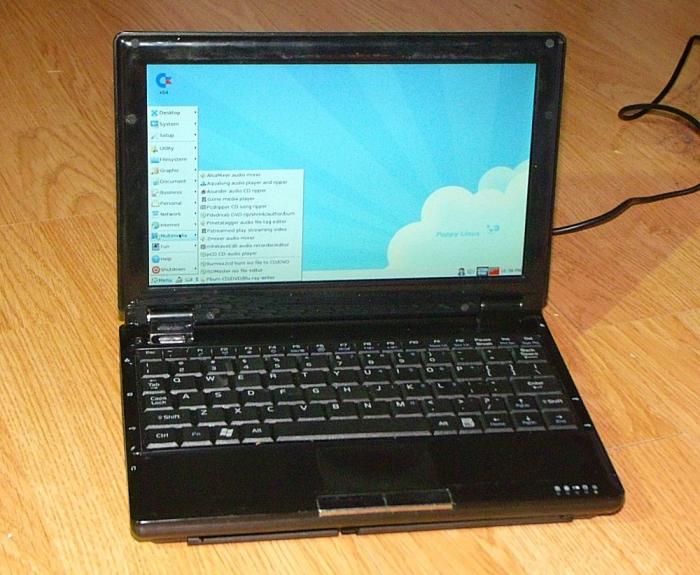
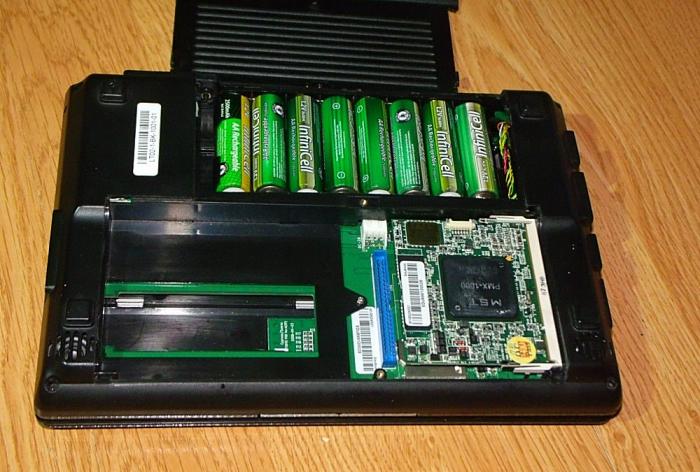
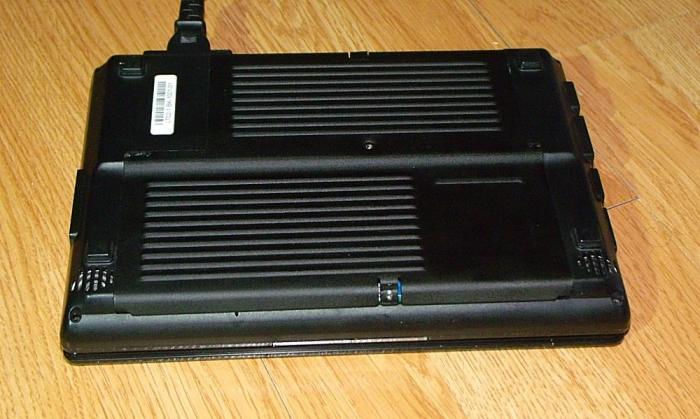
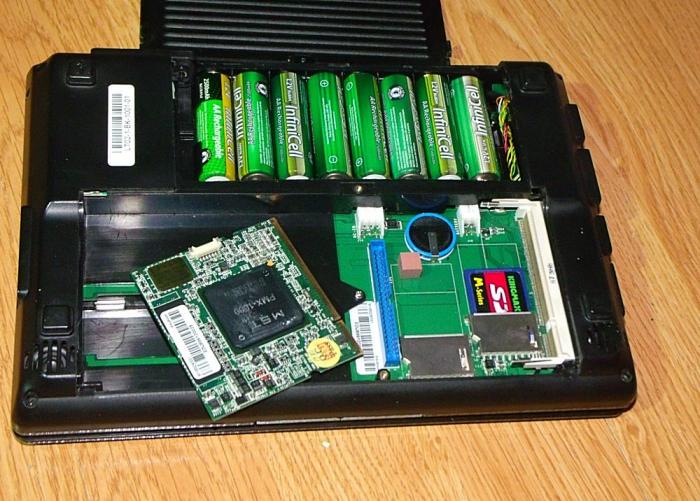
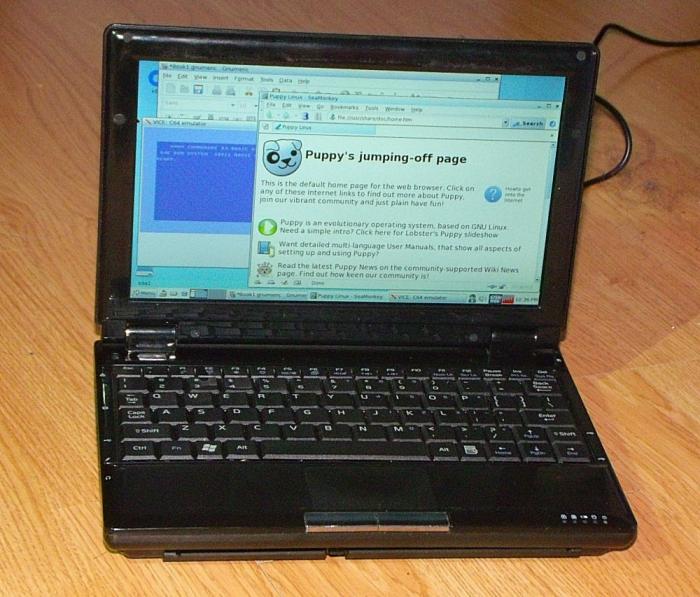
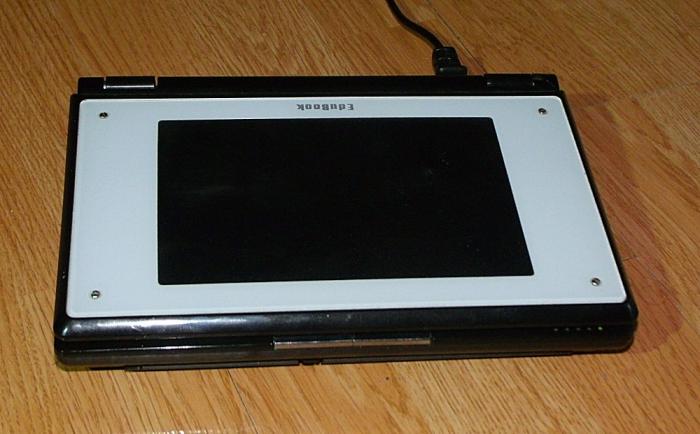
Thursday, August 11, 2022 - 13:03:21
I have to admit that I have never heard of this Netbook and I thought I was keeping up with all the new technology back then. I couldn’t believe it when I read that it ran on 8 AA batteries…I can understand why it didn’t take off because it probably did not have the ability provide the user’s requirement to provide information instantaneously. At the same time it certainly seems to be able to do some things well. It’s always a treat to read your articles.
Thursday, August 11, 2022 - 14:08:23
Glad you liked the article!
Back then, I was neck deep in all things Linux. So, something like this was pretty much front and center on my news feeds for a short time. For a while there, Norhtec manufacture mini PCs and mini servers (the precursor to the Raspberry Pi) as well as an Edubook that was just a keyboard, like the C64 used to be. They called it the “Surfboard”, or something like that.
They had some great ideas, but just couldn’t penetrate the market.
Thursday, August 11, 2022 - 14:49:04
I, on the other hand did not get involved in Linux until I got more involved in websites with php code in it. That is probably why I never heard of the netbook. At the start of the pandemic, I set a Raspberry Pi server and when my SD card crapped out, I never went back to it.